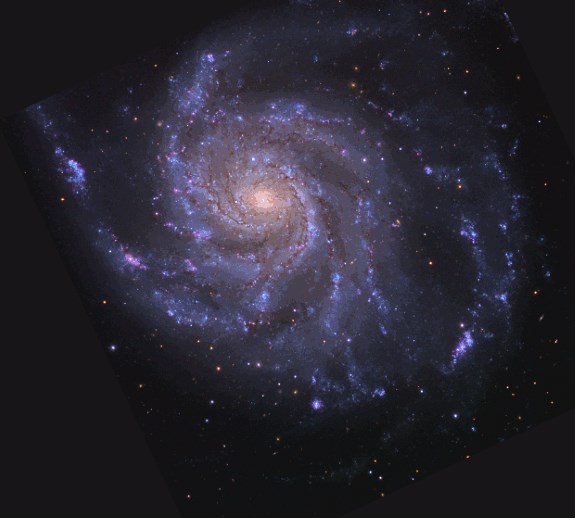Astronomers previously reasoned that the type Ia supernovae have the same brightness and the discovery in the late 1990s that faraway supernovae are fainter than expected led scientist to conclude they're farther away than expected, which in turn led to the understanding that the universe is expanding at an accelerated rate.
Now cosmologists found that type Ia supernovae actually fall into two different populations, and that the group that is in minority near us are in the majority at large distances.
“We found that the differences are not random, but lead to separating Ia supernovae into two groups, where the group that is in the minority near us are in the majority at large distances — and thus when the universe was younger,” said Milne, an associate astronomer with the UA’s Department of Astronomy and Steward Observatory. “There are different populations out there, and they have not been recognised. The big assumption has been that as you go from near to far, type Ia supernovae are the same. That doesn’t appear to be the case.”If the observation is correct, it means the universe is expanding more slowly than previously thought because some of the reported acceleration of the universe can be explained by differences in brightness between the two groups of supernovae.
The discovery casts new light on the currently accepted view of the universe expanding at a faster and faster rate, pulled apart by a poorly understood force called dark energy. This view is based on observations that resulted in the 2011 Nobel Prize for Physics awarded to three scientists, including UA alumnus Brian P. Schmidt.
While there is still other strong evidence for dark energy, such as the cosmic microwave background data and the way galaxies cluster, but the implication here is that you need less dark energy than currently assumed to make our current model of understanding of the universe fit with actual observations. According to the current theory, the matter we known makes up a mere 4.6 percent of the universe. Dark matters accounts for 23.3 percent and dark energy for another 72.1 percent.
“We’re proposing that our data suggest there might be less dark energy than textbook knowledge, but we can’t put a number on it,” Milne said. “Until our paper, the two populations of supernovae were treated as the same population. To get that final answer, you need to do all that work again, separately for the red and for the blue population.”

Source: Astronomy Now